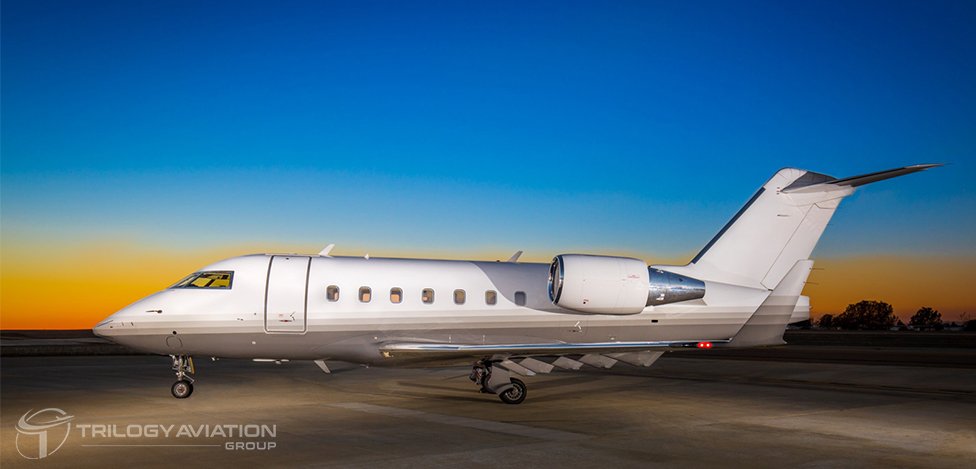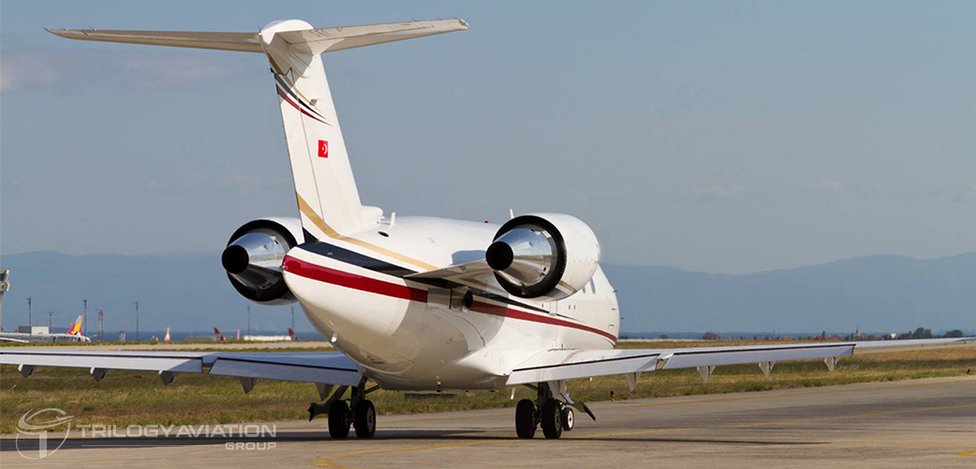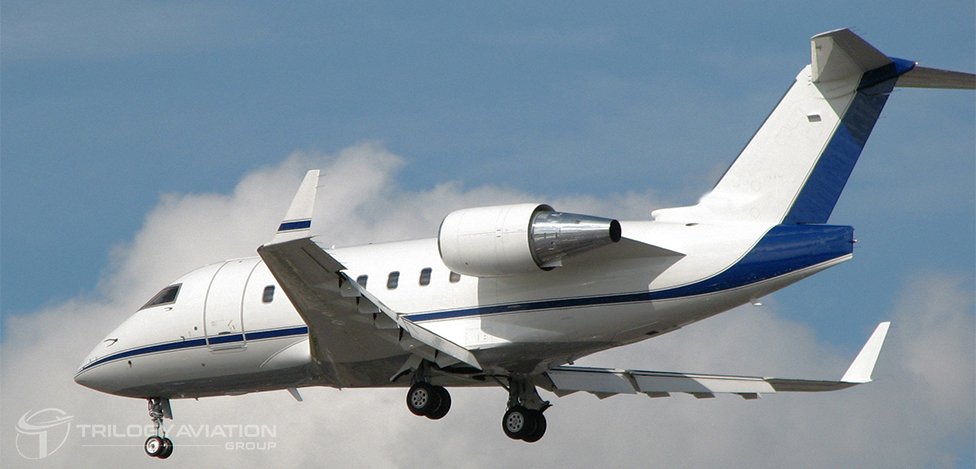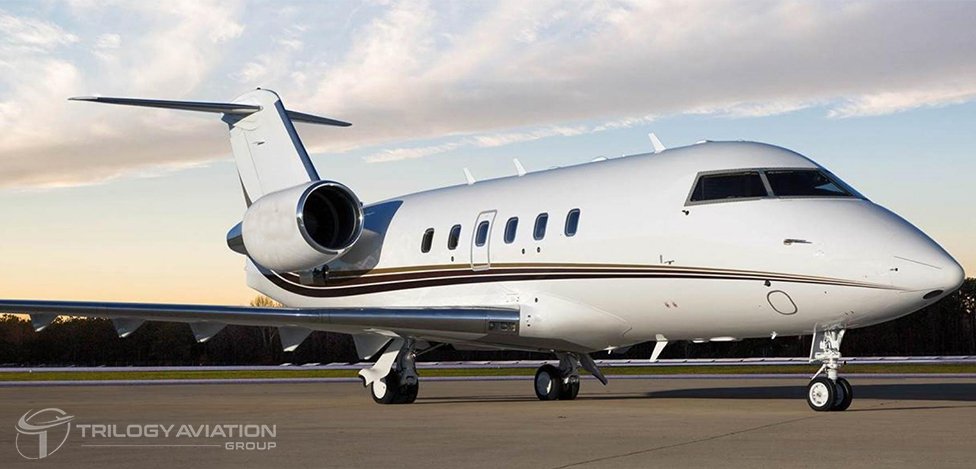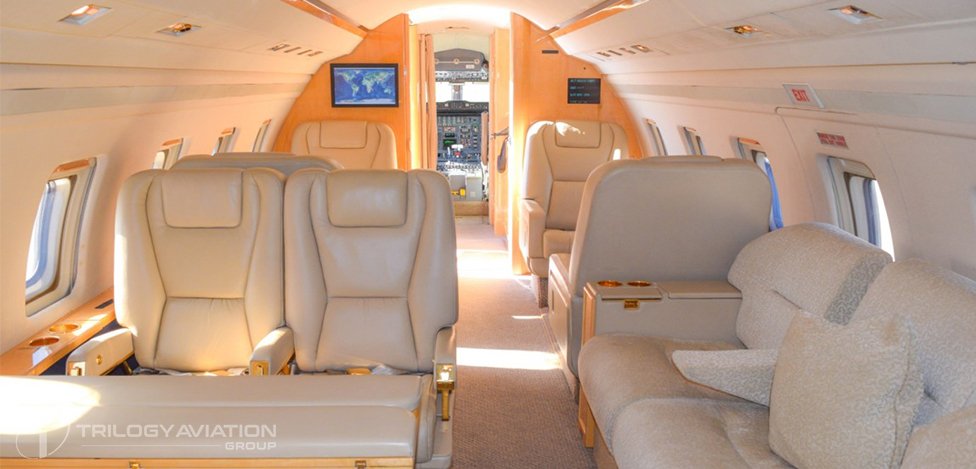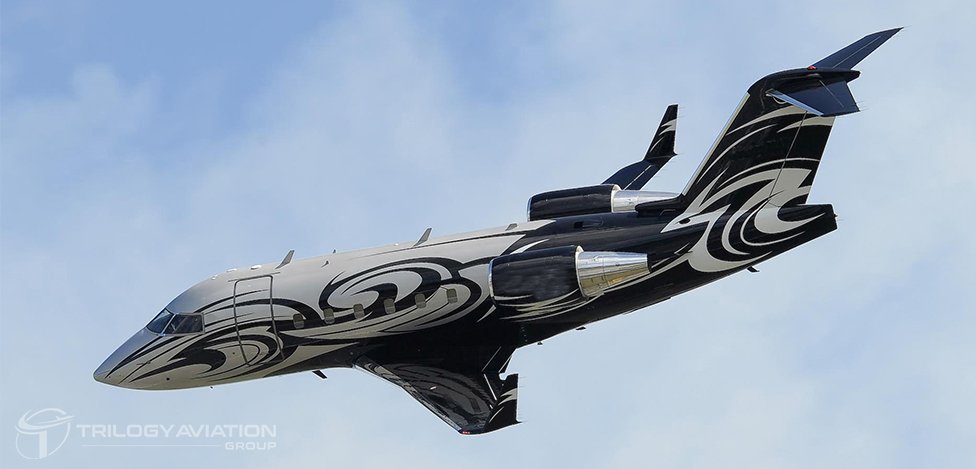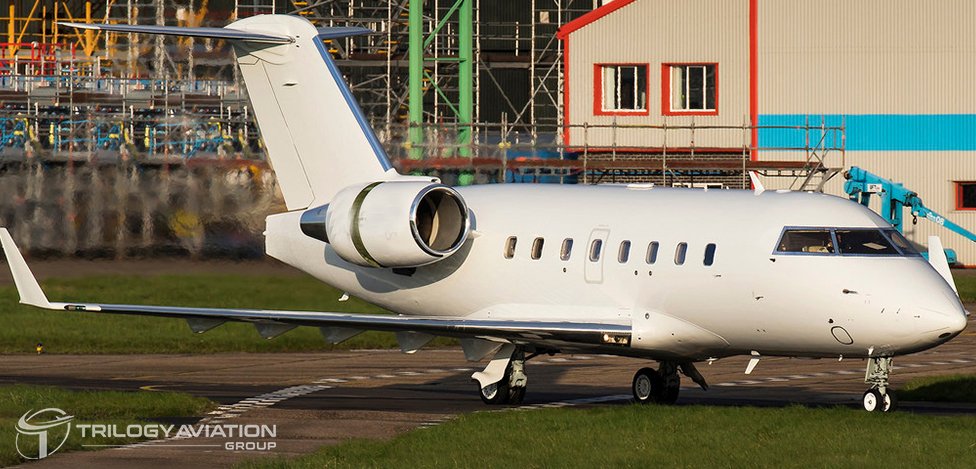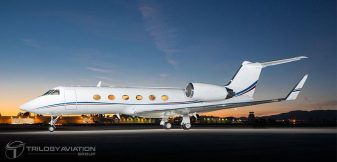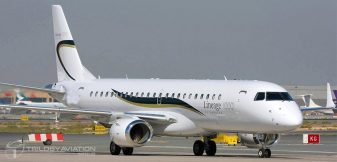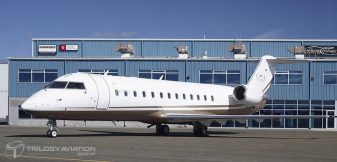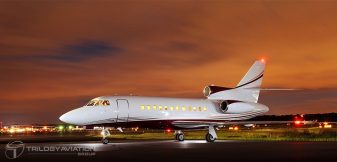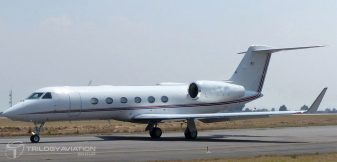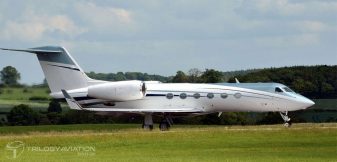The Challenger 601 is one of the most recognized midsize business jets in private aviation. Renowned for its spacious cabin, reliable performance, and solid engineering, it has served business travelers and private owners worldwide for decades. Understanding the Bombardier Challenger 601 is important because it offers a unique blend of comfort, range, and efficiency that continues to make it relevant today.
Challenger 601 Private Jet Charter
Challenger 601
Specifications
MANUFACTURER
Bombardier
PURCHASE PRICE
$18,000,000
CLASSIFICATION
Heavy Jet
MODEL
Challenger 601
SPEED
510 KN
RANGE
3,500 NM
SEATS
12*
LUGGAGE CAPACITY
115 Cu. Ft.
*Layout and seating capacity of aircraft may vary
CABIN HEIGHT
6’1″
CABIN WIDTH
8’2″
CABIN LENGTH
28’4″
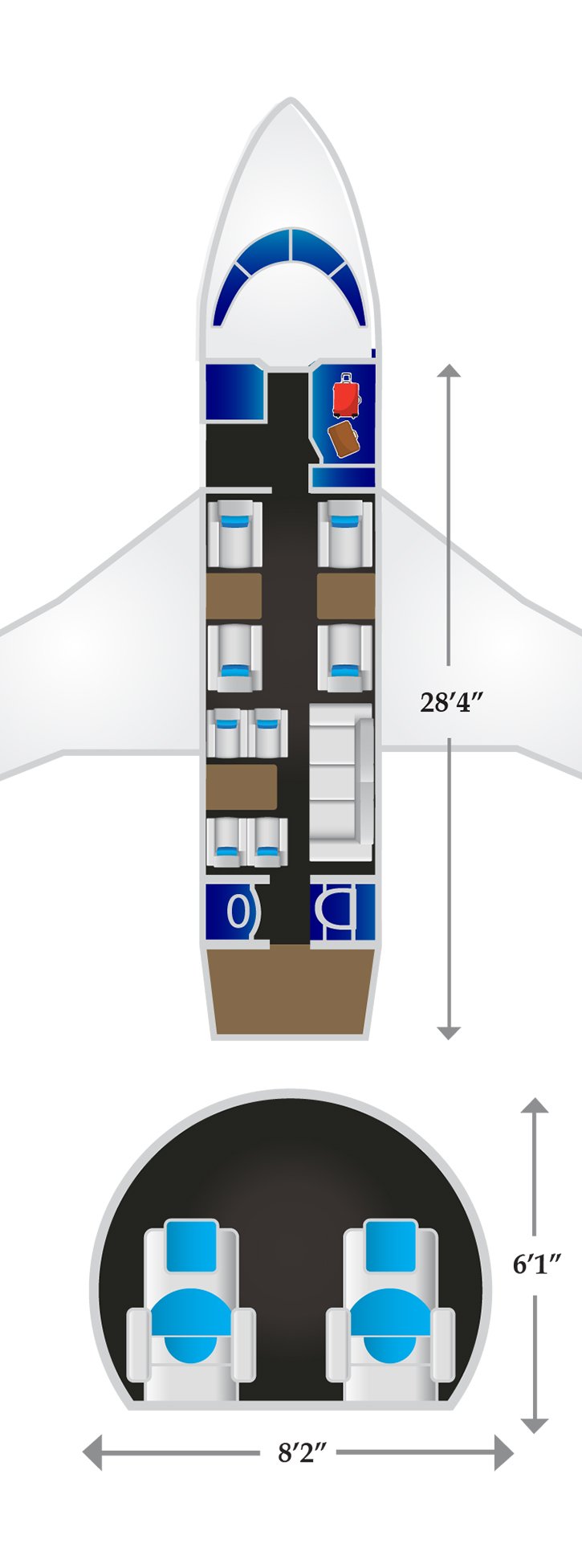
Challenger 601 Hourly Charter Rates
$11,800
One-Way
Round-Trip
$8,600 - $9,950
$7,850 - $9,400
*pricing based on availability and routing of the trip requested
*Pricing is an estimate based on “live” charter legs inclusive of repositioning
Features
Enclosed Aft Lav
Cabin Accessible Baggage Compartment
Cabin Attendant
Overview of the Challenger 601 Jet
The Bombardier Challenger 601 is a heavy business jet originally developed by Canadair in the late 1970s and early 1980s. Later, production and upgrades were managed by Bombardier Aerospace, a leading name in business aviation. The jet is designed to offer long-range travel for executives and private travelers who require speed, comfort, and access to smaller airports.
In the business jet market, the Challenger 601 fits comfortably between light jets and larger, ultra-long-range aircraft. It appeals to customers looking for a reliable plane with more space than entry-level jets but without the higher operating costs of larger models. The jet is widely praised for its smooth ride, generous cabin volume, and operational versatility, making it a mainstay for charter operators and private owners alike.
History and Development Timeline
The development of the Bombardier Challenger 601 began in the late 1970s by Canadair, marking a significant step in the evolution of business aviation. The aircraft’s first flight took place in 1978, and it entered service in the early 1980s. Originally intended as a regional jet, it was redesigned to serve the business aviation market, focusing on longer range and greater passenger comfort.
Key milestones in its development include:
- 1978: First flight of the prototype.
- 1980: Entry into commercial service.
- 1990s: Bombardier Aerospace took over and introduced important upgrades, including improved engines and avionics.
- 2000s: Continued updates to avionics and interior configurations to meet modern standards and customer demands.
Throughout its production, the Bombardier Challenger 601 evolved to meet changing market needs, making it a versatile and trusted aircraft. Its success paved the way for later models in the Challenger series, which continue to build on this legacy.
Performance and Technical Specifications
Understanding the Challenger 601’s performance requires looking at its engine power, range, speed, and operational requirements. These specifications directly impact how the jet handles long flights, adapts to different airports, and maintains safety standards.
Engine Type and Power Output
The Bombardier Challenger 601 is powered by two General Electric CF34 turbofan engines, a trusted General Electric engine model known for performance and durability. Each engine produces approximately 8,729 pounds of thrust, offering the power needed for smooth takeoffs and efficient cruising.
This General Electric engine model is praised for its reliability and fuel efficiency, playing a key role in the Challenger 601’s quiet and stable operation. The CF34 engines also support lower emissions and reduced noise levels, making the aircraft a strong choice for both environmental responsibility and compliance with airport noise regulations.
Maximum Range and Cruise Speed
One of the standout features of the Challenger 601 is its impressive maximum range of approximately 3,300 nautical miles (about 3,800 miles or 6,100 kilometers). This allows for nonstop travel on many popular long-haul routes, such as from New York to London or Los Angeles to Honolulu, without the need for refueling.
The normal cruise speed of the Bombardier Challenger 601 ranges from Mach 0.78 to 0.80, or roughly 500 to 530 miles per hour (805 to 850 kilometers per hour). This efficient cruising performance ensures timely arrivals while providing a smooth and comfortable in-flight experience.
The Challenger 601 also boasts a service ceiling of 41,000 feet, allowing it to fly above most commercial air traffic and weather disturbances for a more stable and fuel-efficient journey.
Altitude, Runway Requirements, and Fuel Capacity
The Bombardier Challenger 601 is certified to reach a maximum operating altitude of 41,000 feet. Cruising at this altitude allows the jet to enjoy smoother air, increased fuel efficiency, and fewer weather-related delays.
For runway performance, the Challenger 601 requires approximately 5,000 feet (1,524 meters) of runway for takeoff at maximum weight. This makes it suitable for a wide range of airports, including smaller regional airfields, offering greater flexibility in travel plans.
One of the key features contributing to the aircraft’s impressive range is its increased fuel capacity, which includes an additional fuel tank located in the aircraft’s tail section, often referred to as the tail tank. This tail tank, combined with the main fuel tanks, allows the jet to carry full fuel loads for extended flights. This setup ensures the Challenger 601 can cover longer distances nonstop, making it a reliable choice for cross-country and medium-haul international travel.
Cabin and Interior Features of Bombardier Challenger 601
The interior of the Bombardier Challenger 601 is one of its strongest selling points. It was designed with passenger comfort and usability in mind, providing a spacious and quiet environment ideal for business meetings or relaxation during travel.
Seating Capacity and Cabin Layout Options
The Bombardier Challenger 601 typically seats 10 to 12 passengers, with a flexible cabin layout that can be customized to meet the preferences of the operator or owner. Common arrangements include forward-facing club seating for in-flight meetings, divan or sofa seating for added comfort, and a fully enclosed lavatory located at the aft end of the cabin for privacy.
Many layouts also incorporate foldaway tables, allowing passengers to easily transition between work and leisure. Cabin walls are often finished with premium materials and provide built-in features like storage compartments or entertainment systems. Several seats are fully reclining, offering enhanced relaxation during long-haul flights.
These thoughtful configurations ensure a balance of comfort, functionality, and efficient use of space throughout the cabin.
Cabin Dimensions and Comfort Elements
The cabin dimensions of the Challenger 601 are generous for its class—approximately 25 feet (7.6 meters) in length, 7 feet (2.1 meters) in width, and 6 feet (1.83 meters) in height. This spacious layout allows passengers to move freely and comfortably, especially on longer journeys.
Standard configurations typically accommodate 9 to 12 passengers, offering well-planned zones for working, dining, or relaxing. These layouts also provide practical options for storing hand luggage, ensuring personal items are easily accessible without cluttering the cabin.
To enhance the travel experience, the Challenger 601 features advanced soundproofing materials that reduce cabin noise and vibration. Adjustable lighting controls allow passengers to customize the cabin ambiance or simulate natural daylight cycles, helping minimize jet lag and improve overall comfort during flight.
In-Flight Amenities and Customization Options
Passengers can enjoy a variety of in-flight amenities, including:
- Advanced entertainment systems with screens and audio controls.
- Fully equipped galleys for meal preparation.
- Wi-Fi and connectivity options to stay productive or entertained.
- Climate control and personalized lighting to suit passenger preferences.
Many operators offer further customization, allowing clients to select interior finishes, seating fabrics, and technology packages, tailoring the jet to their exact needs and style.
Bombardier Challenger 601 Safety and Avionics
Safety and advanced avionics are central to the Challenger 601’s design, ensuring that flights are secure, efficient, and comfortable. The aircraft is equipped with a range of advanced features, including redundant flight systems, weather radar, and a digital autopilot system, all of which enhance situational awareness and reduce pilot workload. These features contribute to a reliable and smooth flying experience, making the Challenger 601 a trusted choice for business and private aviation.
Avionics Suite and Navigation Systems
The Bombardier Challenger 601 is equipped with a modern avionics suite that includes:
- Dual flight management systems for navigation.
- Weather radar and traffic collision avoidance systems.
- Autopilot and electronic flight instrument systems.
These technologies assist pilots in precise navigation and situational awareness, reducing workload and enhancing flight safety.
Safety Features and Certification Standards
The Bombardier Challenger 601 complies with rigorous FAA certification standards under Part 25 for transport category aircraft. It also adheres to ETOPS (Extended-range Twin-engine Operational Performance Standards), allowing it to safely operate on long overwater flights.
Safety equipment includes fire detection and suppression systems, emergency oxygen, and robust structural design features that meet or exceed industry safety regulations.
Pilot Experience and Flight Controls
Pilots operate the Bombardier Challenger 601 using advanced flight controls with both manual and automated systems. The business jet includes traditional yoke controls with intuitive cockpit layouts that provide clear information and easy handling.
This ensures that pilots can fly the aircraft precisely, responding quickly to changing conditions while benefiting from technological aids that improve flight safety.
Challenger 601 vs Comparable Jet Models
When compared to similar midsize jets like the Gulfstream G150, Hawker 800XP, or Citation Sovereign, the Bombardier Challenger 601 offers:
- Larger cabin space and more legroom.
- Competitive range and cruising speed.
- Slightly higher operating costs but more luxurious amenities.
The Challenger 601 often appeals to buyers looking for a balance between comfort and long-range capability without stepping up to super-midsize or heavy jets, where costs increase significantly.
Should You Consider the Challenger 601 for Your Next Jet?
The Challenger 601 is ideal for businesses and individuals who require:
- Reliable long-distance travel without frequent stops.
- Spacious, flexible cabins suitable for meetings or relaxation.
- Access to smaller airports for greater destination choices.
- A proven track record of safety and durability.
It is especially popular among charter operators and private owners who want a jet that combines versatile performance with a refined passenger experience. From efficient cruise capabilities to smooth handling across a range of conditions, the Challenger 601 delivers both comfort and reliability wherever you fly.
Why Choose Trilogy Aviation for Your Challenger 601 Charter Needs
If you are considering chartering a Bombardier Challenger 601, Trilogy Aviation stands out as a top choice. Here’s why:
- Expertise: With years of experience in private aviation, we understand how to meet client needs with professionalism and attention to detail.
- Safety First: Trilogy operates with strict safety standards, using FAA-certified carriers and regularly audited operators to ensure peace of mind.
- Personalized Service: Dedicated charter advisors provide one-on-one support to tailor every flight to your preferences.
- Rapid Response: Our team can arrange flights on short notice, helping you stay agile and efficient.
Choosing Trilogy Aviation means you enjoy the luxury and performance of the Challenger 601 combined with reliable, client-focused service.

